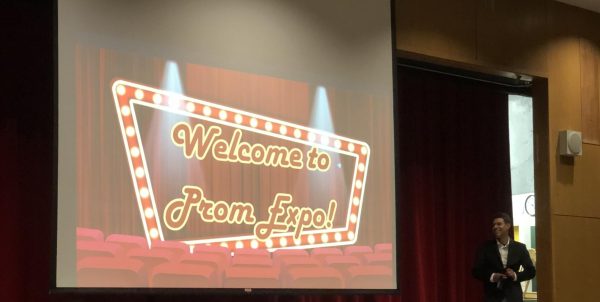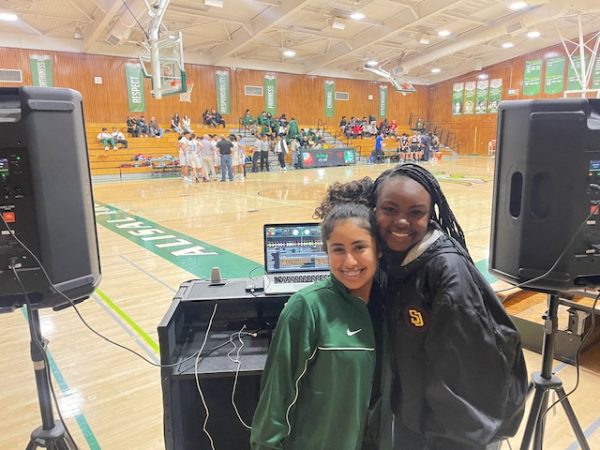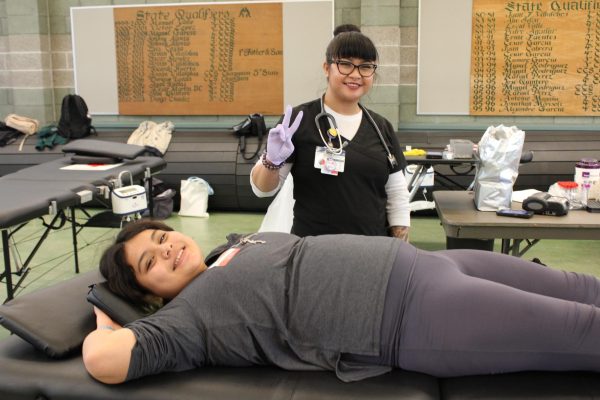CST Out, SBAC In
Every spring, high school students know there will be at least a week of standardized testing they can look forward to. This year was the last year of the Star Test, aka the CSTs, which has given rise to the Smarter Balance Assessment Consortium or SBAC. According to Christina Parker, the administrator in charge of testing at Alisal, it was created by a group of educators and it is supposed to be aligned with the Common Core Standards, which was a nationwide initiative to standardize what is taught in schools across the country. Already the SBAC test has been introduced to students from elementary school and middle school. Its whole idea is to test student’s performance in English and Math, and it will eventually include Science and History.
The test is taken online for both the English and Math, and it consists of two sections. The first section includes short responses done independently, whereas to the second section requires a group activity which leads to an essay for English or explanation for the math section. Angelica Macalisang, a junior, said that it was better (than the CST) since typing on computer is easier but just wasn’t used to taking the test on computer. Junior Eduardo Muñoz also said, “It’s much more complicated than the CST, it challenges students to think more critically rather than multiple choice.” The intended purpose of the test was to establish how students would respond to the course. Parker said, “It allows how students are performing, accessing what they know with common core curriculum.”
While the transition for the test was smooth for the most part, there was at least one issue for Rudy Vargas. His issue with the SBAC was with the group activity. Vargas had difficulty with the explanation the teacher gave. According to Parker, she had already ensured that teachers get the prompt earlier in advance and they go through training to make sure that they know what they are doing and know how to explain it. According to English teacher Mick Battaglini, who proctored the test, “If the students have issues, it’s up to them to ask questions. The activities for both the English and Math were pretty straight forward, and I know both writing tasks dealt with the topics from the group activity, so I can’t imagine too many students were confused.”
Whether students are meeting performance standards won’t be determined until the school gets the scores, but steps are being taken to prepare for next year. “The district has been very proactive in trying to align instruction to the Common Core,” said Battaglini. “Next year, the PBAs (Performance Based Assessments) will be practice modules provided by the SBAC, which should help the students know what to expect and improve performance.”
Your donation will support the student journalists of Alisal High School. Your contribution will allow us to purchase equipment and cover our annual website hosting costs.













